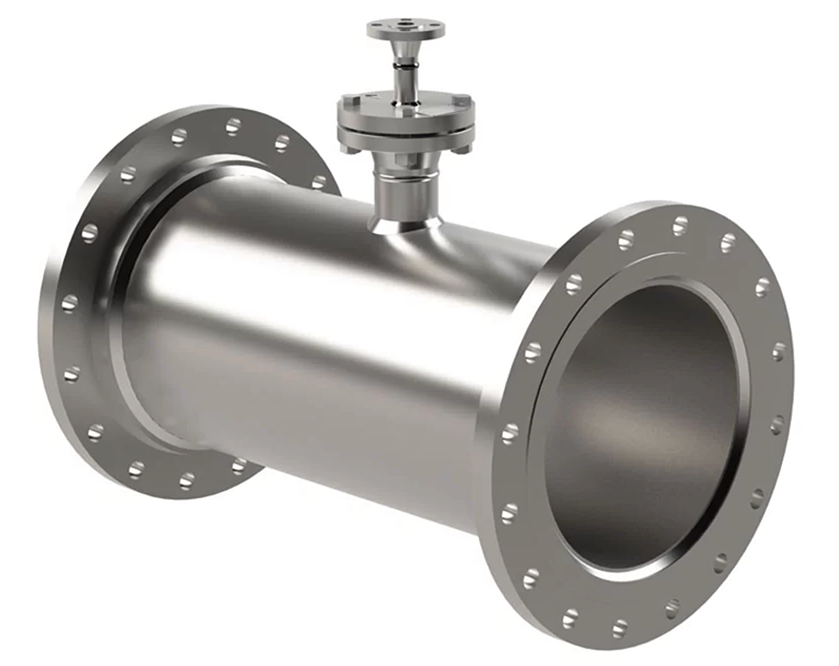A desuperheater is a device used to control the temperature of a fluid in a superheated steam system. Superheated steam is steam that has been heated to a temperature above its saturation point. This type of steam is often used in power generation and industrial processes, but it can also be found in heating and cooling systems.
The purpose of a desuperheater is to reduce the temperature of the superheated steam to a more desirable level. This is typically done by injecting a secondary fluid, such as water, into the steam line. The water cools the steam through a process known as heat exchange, reducing its temperature to a desired level. This can be done for a variety of reasons, such as to protect equipment that cannot handle high temperatures, to improve the efficiency of a process, or to meet regulatory requirements.
There are several different types of desuperheaters available on the market, each with its own set of advantages and disadvantages. Some of the most common types include:
- Spray desuperheaters: These are the most basic and simplest type of desuperheater. They work by injecting water into the steam line through a spray nozzle. The water droplets mix with the steam and cool it through heat exchange. Spray desuperheaters are relatively inexpensive and easy to install and maintain, but they are not as efficient as other types.
- Plate desuperheaters: These desuperheaters work by passing the steam and the water through a series of plates that are designed to promote heat exchange. The plates are typically made of a heat-resistant material, such as stainless steel or copper. Plate desuperheaters are more efficient than spray desuperheaters, but they are also more expensive and require more maintenance.
- Tube desuperheaters: These desuperheaters work by passing the steam and the water through a series of tubes that are designed to promote heat exchange. The tubes are typically made of a heat-resistant material, such as stainless steel or copper. Tube desuperheaters are similar to plate desuperheaters in terms of efficiency and maintenance requirements, but they are generally more compact and easier to install.
- Siphon desuperheaters: These desuperheaters work by using a cooled liquid to condense steam, and then returning the cooled liquid back to the desuperheater to be heated again. Siphon desuperheaters are highly efficient, but they are also more complex and expensive than other types.
Desuperheater selection will depend on the application and specific requirements of the system. Factors such as steam pressure, temperature, flow rate, and type of cooling water will all need to be considered when selecting a desuperheater. Additionally, regulatory requirements, such as safety and environmental regulations, will also need to be taken into account.
Desuperheater installation and maintenance is also important, as proper installation and regular maintenance will ensure that the desuperheater is working efficiently and effectively. This includes regular cleaning of the desuperheater, as well as regular inspections to check for any signs of wear or damage. Additionally, it is important to ensure that the desuperheater is properly sized for the system in order to avoid any issues with overcooling or undercooling.
In summary, a desuperheater is a device that is used to reduce the temperature of superheated steam in a steam system. It works by injecting a secondary fluid, such as water, into the steam line to cool the steam through heat exchange. There are several different types of desuperheaters available on the market, each with its own set of advantages and disadvantages.

